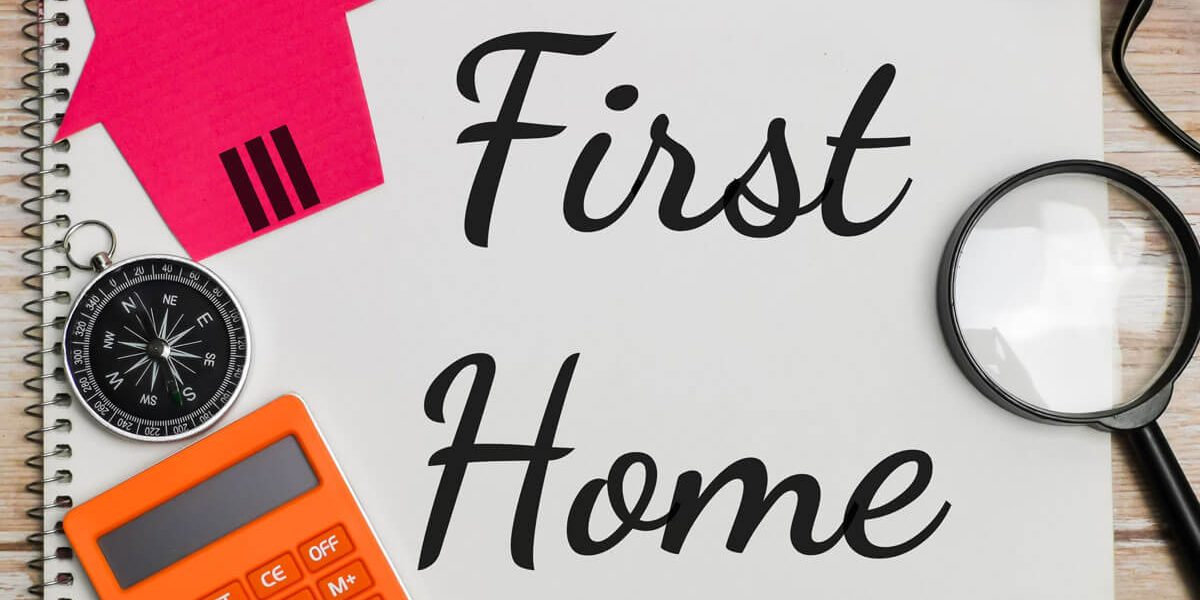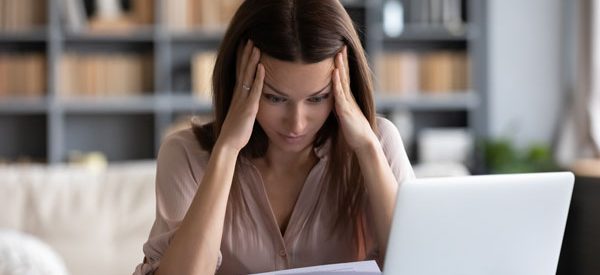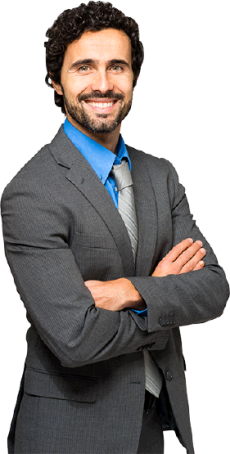
If you are looking to purchase a property but postponing it because you don’t have enough for a down payment, you can finalize your home purchase with a lower down payment.
Canadian mortgage laws allow homeowners to buy a house with as little as 5% down payment, based on the total purchase price.
Unlike a conventional mortgage with a minimum of 20% down-payment, a high-ratio mortgage needs only 5% to 19% of the total purchase price as your down payment. Your lender will provide the remaining funds to purchase the property.
This sounds really wonderful, doesn’t it? But before you rush out to find your dream home, you need to get your mortgage plan in order.
The first step to making your dream come true is to seek the help of a reliable and experienced mortgage broker. He will help you find the right lender and qualify for a mortgage based on your financial situation. He will also explain your options thoroughly so that you can make your home purchase as affordable for you as possible.
You see, brokers can shop for the lowest rates and the best terms for you without any cost or obligation on your part. Fortunately, our network consists of hundreds of licensed mortgage brokers in Quebec!
Whatever you need about your mortgage, fill out the form on this page and connect with the best mortgage brokers in your area!
Is a High-Ratio Mortgage right for you?
In Canada, there are 2 types of mortgages – low-ratio or high-ratio.
What is the difference between low-ratio and high-ratio mortgages? Let’s take a closer look so you can consider your mortgage plan.
High-ratio mortgages
If you are interested in buying a house, you will need to have funds set-aside for your down payment.
Conventional mortgages require at least 20% of the purchase price for your down payment. If the property you are interested in is more expensive than you planned, or you don’t have the 20% cash for your down-payment, you may consider special-purpose financing such as high-ratio mortgages.
A high-ratio mortgage makes it possible for Canadians to buy a home with as little as 5% down payment based on the total cost.
The term high-ratio is used to describe the relationship between the purchase price and the loan amount. Experts refer to this as the loan-to-value ratio.
If you are buying a house worth $500,000, you can make a minimum down payment of $25,000 or higher, depending on your capacity. Your mortgage requirement will be $$475,000, depending on the amount of your down payment.
Your mortgage loan will be more than 80% of the purchase price for the house, thus, it is considered a high-ratio mortgage.
Conventional or Low-ratio mortgages
The opposite of a high-ratio mortgage is a low-ratio or conventional mortgage. This type of mortgage requires a minimum of 20% down payment based on the purchase price.
If you are planning to buy a house selling for $500,000, your down payment will be at least $100,000. You will require a mortgage loan of $400,000.
Of course, you can increase the amount of your down payment to decrease your required loan amount. Thus, you can save on interest over the life of the loan.
Canadian homebuyers are required at put down at least 5% on the first $500,000 and 10% for the excess amount. However, if the home you are buying is selling for $1,000,000 or more, you need to put down at least 20% down payment.
High-ratio mortgages are risky for the lender and the homebuyer because of the higher probability of defaulting on the mortgage loan. The homebuyer will also need to get mortgage insurance, thus increasing the cost of your home purchase.
Mortgage insurance is generally around 2 to 3.5% of the loan value and it protects the lender from default by the borrower.
For more information regarding mortgage insurance, refer to Canada Mortgage & Housing Corporation (CMHC) Quebec.
Why get a high-ratio mortgage to buy a house?
The biggest benefit of a high-ratio mortgage is the opportunity for first-time buyers to purchase a home with a lower down payment.
Rather than waiting for years to buy a home, you can become a homeowner sooner rather than later.
There are other expenses related to buying a house such as legal fees and closing costs. With a lower down payment, you can buy a house without using up all of your savings.
A high-ratio mortgage can be the perfect solution to making your dream home a reality if you have a stable income but not enough for a down payment.
With interest rates at an all-time low and a slower real estate market, now is the best time to buy a home!
How to get a high-ratio mortgage

When you apply for a mortgage, you will need to pass a mortgage stress test based on a benchmark set by the Bank of Canada. This test will check your eligibility and financial health should interest rates go up during your loan cycle.
High-ratio mortgages will also require your capacity to pay for closing costs such as appraisal fees, inspection fees, legal fees, real estate commissions, taxes, and insurance.
Lenders will look at criteria including:
· Your credit history
· Income/job
· Your amortization/payment based on the value of the property
You will also need to qualify for mortgage insurance through the Canada Guaranty, CMHC, or Genworth.
Consider waiting to save for a 20% down payment for your mortgage. If this is not possible, you may want to buy a cheaper home to bring down your loan amount.
Compare mortgage rates with a mortgage broker to find the lowest possible rates. An experienced and reputable mortgage broker can help you pre-qualify for a mortgage so that you know how much you can borrow to buy your house.
What is mortgage insurance?
From the point of view of banks and other lenders, a high-ratio mortgage carries a higher risk of default. A homeowner who buys a house beyond the value of their savings and with less equity can more easily default on the loan.
It is due to this reason that high-ratio mortgages require mortgage insurance. It protects the interests of the lender should any borrower become unable to meet their mortgage payments.
Only three institutions are authorized to offer mortgage insurance – CMHC, Genworth, and Canada Guaranty. When you apply for a mortgage, the lender will also submit your application for insurance as a condition to get approved for home financing.
The insurance premiums for mortgage insurance are generally included in the mortgage payments based on your payment schedule.
As your loan amount decreases, the premiums and coverage for your mortgage also decrease over time.
The bigger your down payment, the less you have to pay for insurance, thereby reducing your mortgage costs.
How much do you pay for a high-ratio mortgage?
Based on the CMHC mortgage premium calculator, any homebuyer of a $500,000 house must shell out at least $25,000 and an additional 4% or $19,000 for mortgage insurance over the mortgage cycle.
If you decide to pay a higher down payment of $50,000 or 10%, the mortgage insurance premiums are lowered to 3.10% or about $13,950 over the mortgage cycle.
Of course, if you can pay at least 20% of the total purchase price as your down payment, you will not be required to pay for mortgage insurance.
The insurance premium included in your mortgage payment will vary based on your down payment:
· Premium of 4% of your mortgage amount if the down-payment is 5%
· Premium of 3.10% of your mortgage amount if the down-payment is 10%
· Premium of 2.80% of your mortgage amount if the down-payment is 15% to 19.99%
Insurance premiums are also charged PST and need to be paid at closing.
What does the stress test mean for your mortgage?

The bar was raised by the Bank of Canada for everyone, making it a little more difficult for entry-level or first-time homebuyers to enter the real estate market.
Homebuyers must quality for a mortgage based on their contract rate or interest rate plus 4.79% (the average 5-year bank posted rate) or higher. By placing stress on your mortgage, your capacity to pay back the loan should interest rates rise is tested.
This can also reduce the amount that a borrower can borrow and has an impact on affordability or the ability to buy a house. It affects insured and uninsured mortgages.
All of Canada’s big banks and lenders are affected by the mortgage stress test requirement although some provincial lenders are not required to comply.
The best thing to do to qualify for a mortgage is to speak to one of our mortgage partners. A mortgage broker can give you the best advice based on his experience and expertise and guide you throughout the mortgage application process.
Fill out the form on this page to connect with the best mortgage brokers near you!
Conventional vs. high-ratio mortgages: The pros and cons

If you need financing to buy a house and borrow more than 80% of the home value, you are applying for a high-ratio mortgage.
The maximum value of the property you plan to buy must be below $1 Million.
While a high-ratio mortgage will have an additional cost for mortgage default insurance, it does have several advantages. Your lender is protected by the insurance coverage in case of default and helps to lower mortgage rates due to lower risks.
It is important to remember the primary benefit of a high-ratio mortgage which is to allow you to buy the home NOW. In certain cases, a good property can be snatched up by another buyer if you wait to save up for the 20% down-payment.
A conventional mortgage with at least 20% down-payment is definitely the best type of mortgage but is not possible for everyone.
Aside from the down payment, a homebuyer will also need to pay for closing costs.
In weighing the pros and cons to find the right mortgage solution for your needs, always calculate the costs of your home purchase.
A high-ratio mortgage can help you meet mortgage and closing costs if you don’t have at least 20% saved up. Of course, your income must be stable and can afford your mortgage payments.
Our partner mortgage brokers will be very happy to discuss your options to look for the best mortgage for your requirements.
Frequently asked questions about high-ratio mortgages
We know that shopping for a mortgage can be overwhelming. We want to help you find the right mortgage plan that meets your needs.
Below are a few frequently asked questions to help you in your mortgage application process.
Is a high-ratio mortgage a bad choice?
A high-ratio mortgage can cost you tens of thousands of dollars in additional interest during the life of your loan. Since you borrowed more than 80% of the value of the property, your loan amount is higher and so is your interest payment.
In addition, you need to pay for mortgage insurance upfront or at the beginning of the mortgage. Although monthly premiums are rolled into your mortgage payments, you pay more than someone with a conventional mortgage.
This is the most striking disadvantage of a high-ratio mortgage. We can’t say it is bad, just not the most ideal mortgage option.
Is mortgage insurance the same as mortgage life insurance?
Please note that mortgage insurance is not the same as mortgage life insurance. Mortgage insurance, also called mortgage default insurance, protects your lender. Mortgage life insurance is coverage for your family in the event that you pass away before the mortgage is paid.
Why do I need to get a mortgage pre-approval before looking for a house?
It is important to get a mortgage pre-approval so that you know whether:
a) You qualify for a mortgage
b) How much you can borrow to buy a house
A pre-approval will help you determine how much you can afford to buy for a house based on the funds you have for a down-payment. It will allow you to draw up your mortgage plan and make smart choices.
Why do I need a broker to apply for a high-ratio mortgage?
If you are a first-time home buyer, you may have many loops to pass through to qualify. A broker can help you prepare and get a pre-approval and find the right mortgage type and lender that meets your needs and goals.
Can I buy a house with only 5% for my down payment?
Yes, you can buy a property in Canada with as little as 5% for your down payment based on the value of the property. You will, however, need to pay for mortgage insurance. The value of the property must not be more than $1 Million.
How can I find the best mortgage broker?
It is easy to find a good mortgage broker using our network. We have hundreds of reputable partners who are mortgage experts and can help you with your mortgage needs. Just fill out the form on this page and we will do the rest!
Apply for a mortgage with top mortgage brokers near you

If you are planning to buy your first home, our mortgage partners can help you from start to finish!
As mortgage experts, they can explain your best options and shop for the best lender and mortgage rate that suits your needs!
You get the benefit of their expertise and advice without worrying about paying expensive fees! In fact, you don’t need to pay for their services because the lender you choose will be the one to compensate them for their work.
In short, you can apply for a mortgage with a mortgage broker, free of charge and no-commitment!
Just fill out the form below and our partners will be happy to provide you with competitive mortgage quotes tailored to your needs.
Compare and choose the best mortgage professionals from our network and buy your house with the best mortgage rates available!






